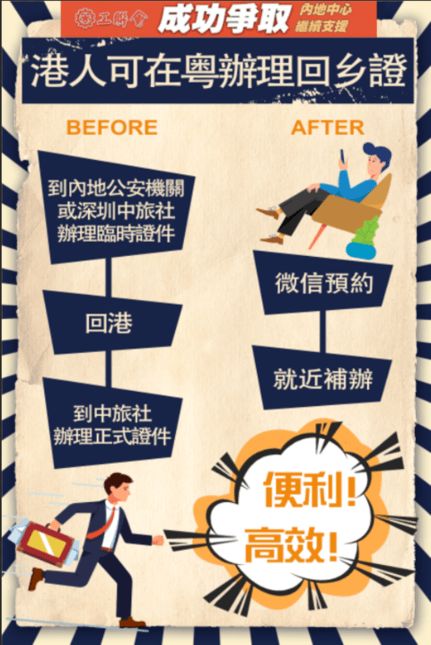Understanding Adsense Earnings Per 1000 Visitors

Are you curious about how much you can potentially earn from Google Adsense? One of the key metrics to consider is your Adsense earnings per 1000 visitors, often referred to as RPM (Revenue Per Mille). This article will delve into the various factors that influence your RPM and provide you with a comprehensive guide to maximizing your earnings.
What is RPM?

RPM is a measure of the revenue generated from your website for every 1000 page views. It’s calculated by dividing your total earnings by the number of page views and then multiplying by 1000. For example, if you earn $100 from 10,000 page views, your RPM is $10.
Factors Affecting RPM

Several factors can influence your Adsense RPM, and understanding them is crucial to optimizing your earnings. Here are some of the key factors:
| Factor | Description |
|---|---|
| Ad Placement | Where you place your ads on your website can significantly impact your RPM. Higher-traffic areas, such as the header or footer, tend to yield better results. |
| Ad Format | Choosing the right ad format can make a big difference. Text ads, for instance, may have a lower RPM compared to image ads, but they can be more engaging for your audience. |
| Ad Size | Ad sizes can vary, and some may perform better than others. Larger ad sizes often have higher RPMs, but they should still be visually appealing and not intrusive. |
| Ad Quality | Higher-quality ads tend to have higher RPMs. Google Adsense prioritizes ads that are relevant to your content and audience. |
| Content Quality | The quality of your content plays a crucial role in attracting relevant ads and visitors. High-quality, engaging content can lead to higher RPMs. |
| Visitor Demographics | The demographics of your audience, such as age, location, and interests, can influence the types of ads they see and, consequently, your RPM. |
| Device Usage | The devices your visitors use to access your website can impact ad performance. Mobile devices often have different ad formats and sizes that may affect RPM. |
Optimizing Your Adsense RPM
Now that you understand the factors affecting your RPM, here are some tips to help you optimize your earnings:
-
Experiment with different ad placements, formats, and sizes to find the combination that works best for your website.
-
Focus on creating high-quality, engaging content that attracts a relevant audience.
-
Monitor your ad performance regularly and adjust your strategy as needed.
-
Keep an eye on your website’s user experience to ensure it’s not negatively impacting ad performance.
-
Consider using ad optimization tools and plugins to help you manage your Adsense account more effectively.
Case Study: RPM Improvement
Let’s take a look at a hypothetical example to illustrate how RPM can be improved. Suppose you have a website with 50,000 page views per month and an average RPM of $5. Here’s how you could potentially increase your RPM:
-
Improve ad placement by moving a banner ad from the footer to the header, where it’s more likely to be noticed.
-
Switch from text ads to image ads, which may have a higher RPM.
-
Optimize your content to attract a more engaged audience, potentially increasing page views and ad clicks.
After implementing these changes, your website’s RPM could increase to $7, resulting in an additional $100 in monthly earnings.
Conclusion
Understanding your Adsense earnings per 1000 visitors is essential for maximizing your revenue. By focusing on factors
